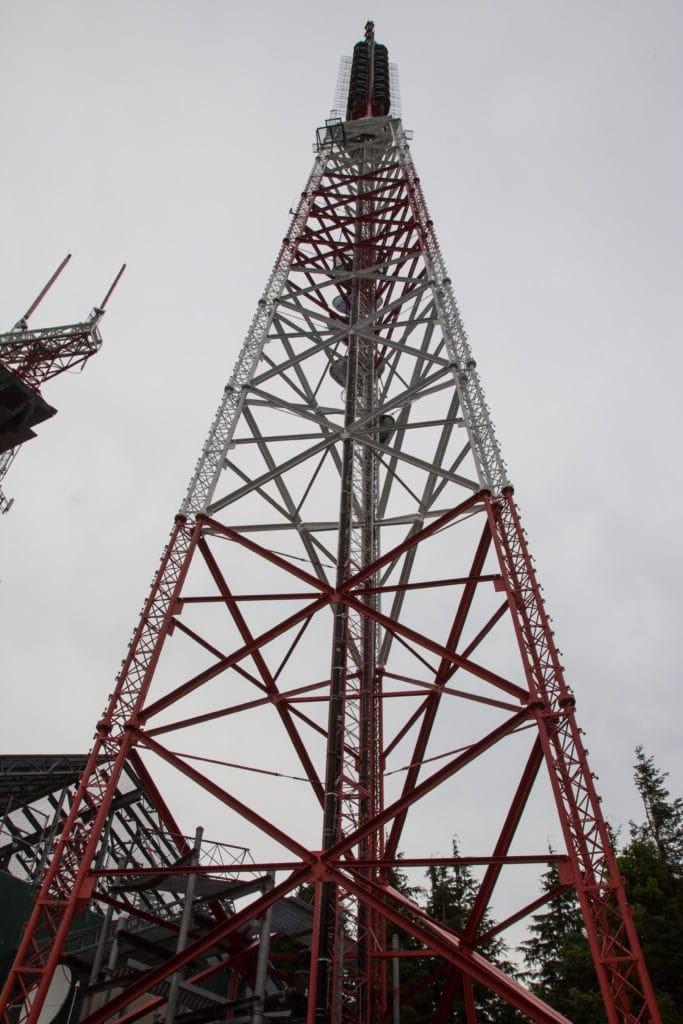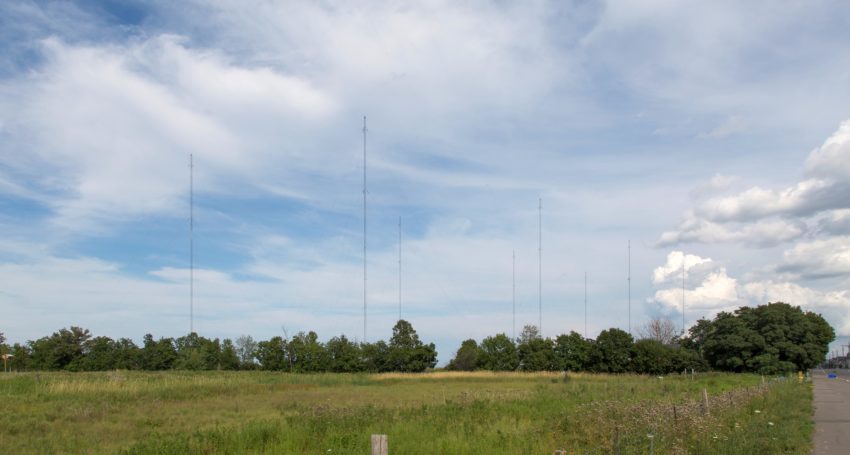When radio stations refer to wattage (as in “100,000 watts of rock ‘n’ roll!”), they are referring to the broadcast “power” of an FM or AM radio station. More specifically, they are referencing the effective radiated power of the station, and it generally represents the station’s signal strength. In other words, the higher the number, the further the signal can travel (and therefore, the more area the signal covers). Other factors can also play into this, such as the height of the transmitter and the local topography, but the wattage of a station is used as shorthand for how “powerful” the station is.

The specific wattage of 35000 refers to the broadcast strength of KTXT-FM, the college radio station where I worked in the early 90s. Like many college stations, KTXT didn’t start out with such a powerful broadcast signal, so the phrase “35000 watts” represents the journey that the station, and many other college radio stations, made from being a small, on-campus carrier current station, to a 10-watt FM station and eventually to a station with the broadcast strength to reach almost 100 miles in every direction. That journey was a long and often difficult one, and was the result of the hard work of many people over several decades, so we took a great deal of pride in having a 35000 watt transmitter.
When trying to think of a title for the film, the phrase “35000 watts” immediately came to mind because it reminded me of the pride we had in our college station, and all the hard work that so many students had put in to make it possible. Capturing that spirit, which permeates every college radio station across the country, was the main goal of the film and so the title just seemed to fit perfectly.
Photo credits:
Doc Searls, CC BY 2.0 https://creativecommons.org/licenses/by/2.0, via Wikimedia Commons
Atomic Taco from Seattle, WA, USA, CC BY-SA 2.0 https://creativecommons.org/licenses/by-sa/2.0, via Wikimedia Commons

